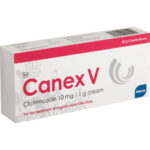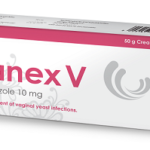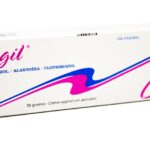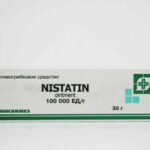Gelmicin Cream: Side Effects, Dosage, Uses, and Review
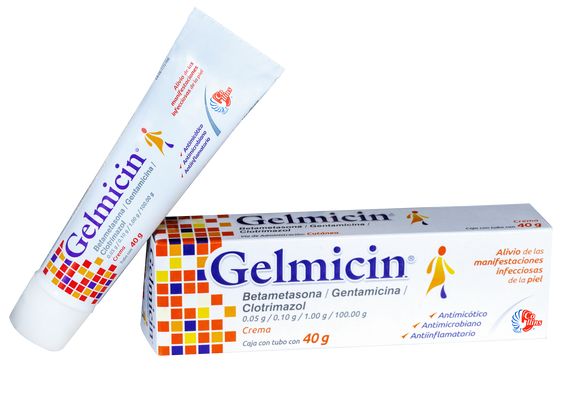
Gelmicin cream is a combination of an antifungal antibiotic and a topical steroid cream used to treat or prevent fungal infections of the skin. It contains gentamicin, betamethasone and clotrimazole as active ingredients. The presence of clotrimazole in the composition provides a strong antifungal and antibiotic effect, the Gentamicin provides anti-inflammatory treatment of the affected skin, the Betamethasone helps treating the itching, redness, dryness, scaling, inflammation and discomfort of various skin conditions.
The Gelmicin cream works primarily to counteract those skin conditions such as minor cuts, Burns, some as a result of friction, and sunburn caused by the sun. It is also reliably indicated for the treatment and prevention of Diaper rash or those eruptions that occur from rubbing with the urine and diaper in babies.
Can Gelmicin Cream be used for yeast infection?
A skin cream containing betamethasone in combination with clotrimazole MAY, in certain circumstances, be used for some yeast infections: however, a skin cream or lotion that only contains betamethasone should NEVER be used for a yeast infection because it does not kill the yeast and can make the infection worse.
Is Gelmicin Cream good for eczema?
Betamethasone containing skin treatments like Gelmicin cream are used to treat itching, swollen and irritated skin. They can help with conditions such as eczema, contact dermatitis and psoriasis, before using this cream for those conditions, discuss with your doctor or pharmacist.
How to use Gelmicin cream
Gelmicin cream is for external use only. Do not take by mouth. Follow the directions on the prescription label. Wash your hands before and after use. If treating hand or nail infections, wash hands before use only. Apply a thin layer of cream to the affected area and rub in gently. Do not cover or wrap the treated area with an airtight bandage (like a plastic bandage). Use the cream for the full course of treatment prescribed, even if you think the condition is getting better. Use the medicine at regular intervals. Do not use more often than directed.
Do not use Gelmicin cream on healthy skin or over large areas of skin. Do not use this medicine for any condition other than the one for which it was prescribed. When applying to the groin area, apply a small amount and do not use for longer than 2 weeks unless directed to by your doctor or health care professional. Do not get this cream in your eyes. If you do, rinse out with plenty of cool tap water.
Talk to your pediatrician regarding the use of Gelmicin cream in children. While this drug may be prescribed for children as young as 17 years for selected conditions, precautions do apply.
Patients over 65 years old may have a stronger reaction and need a smaller dose.
For each 100gramos of cream we will find 0.05 grams of betamethasone, 0.10 grams of gentamicin and 1.00 grams of clotrimazole, plus 100 grams of excipients.
What are side effects of Gelmicin cream?
Side effects that you should report to your doctor or health care professional as soon as possible:
- allergic reactions like skin rash, itching or hives, swelling of the face, lips, or tongue
- dark red spots on the skin
- lack of healing of skin condition
- loss of feeling on skin
- painful, red, pus-filled blisters in hair follicles
- skin infection
- sores or blisters that do not heal properly
- thinning of the skin or sunburn
Side effects that usually do not require medical attention (report to your doctor or health care professional if they continue or are bothersome):
- dry or peeling skin
- minor skin irritation, burning, or itching
This list may not describe all possible side effects. Call your doctor for medical advice about side effects. You may report side effects to FDA at 1-800-FDA-1088.
Gelmicin Cream Safety
Do not use Gelmicin cream if you have any of the following conditions/diseases: hypersensitivity to any of the components of the drug, lupus, skin manifestations of syphilis, chickenpox, herpes simplex, skin post-vaccination reactions.
Pregnancy (especially in the first trimester); children’s age (> 2 years); long-term treatment; application on large areas of the skin or in violation of the integrity of the skin; the use of occlusive dressings (especially in children).

